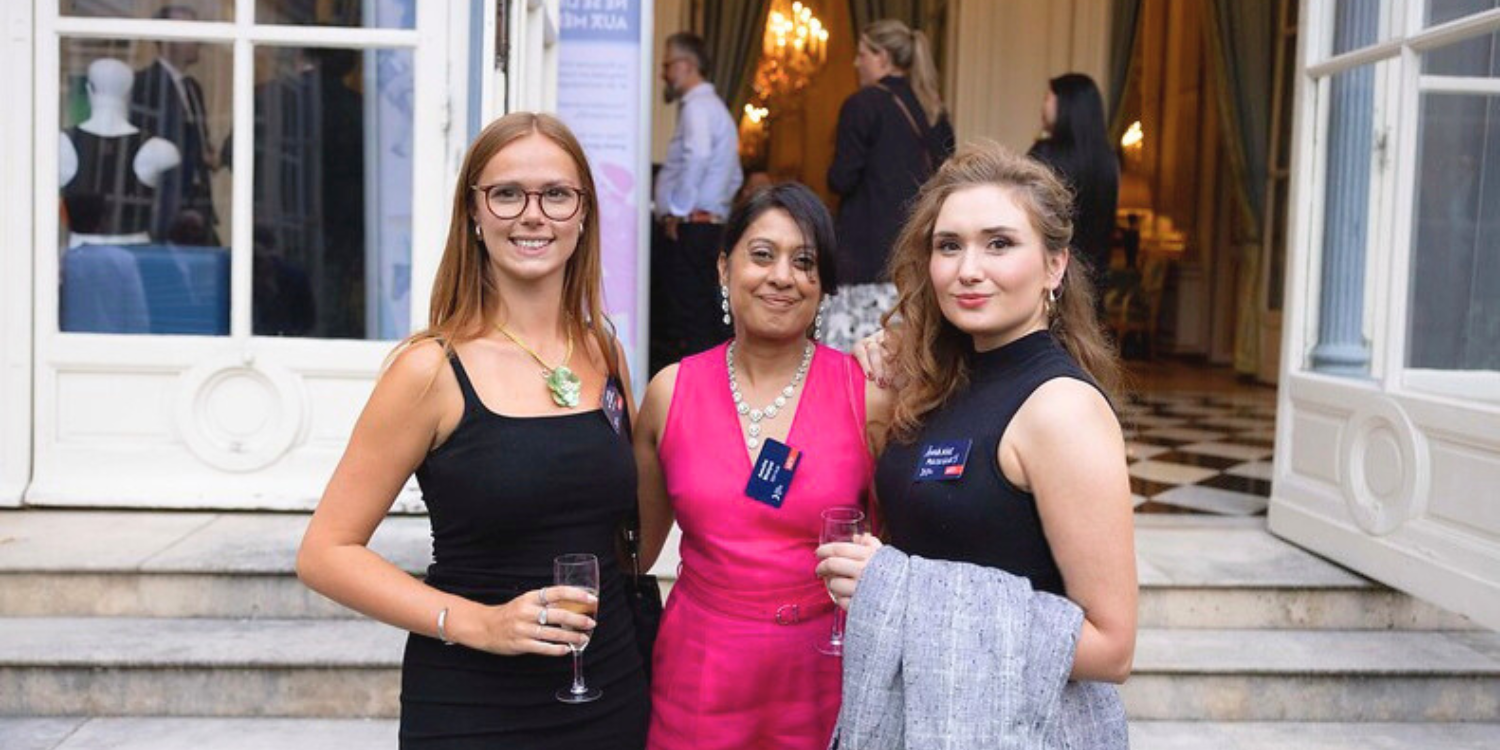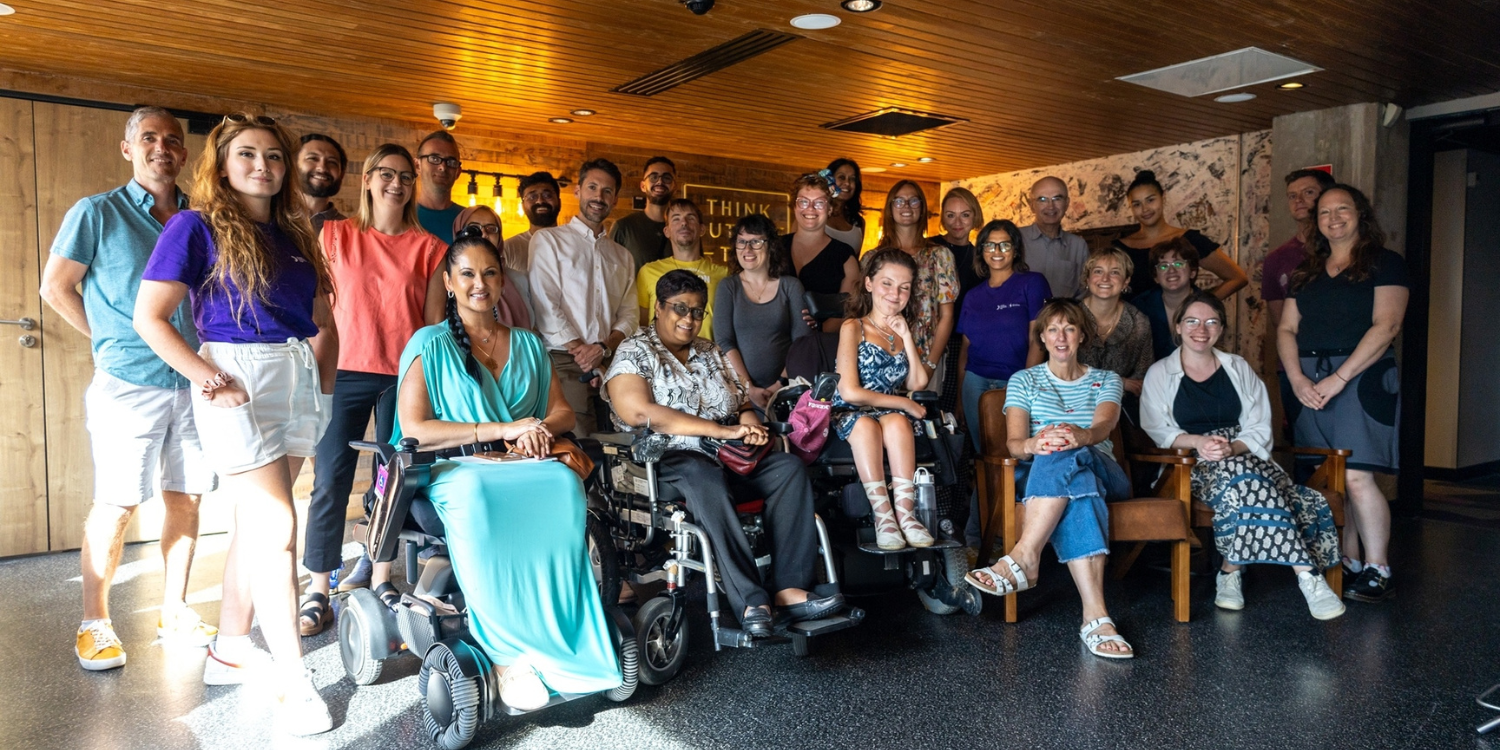Innovative Assistive Technology as lower cost way to bridge gaps while Inclusive infrastructure is developed: Just for the games or part of a long-term plan? - by Annamae Muldowney - GDI Hub's Inclusive Design Assistant
While Paris has made clear efforts to address accessibility issues and ensure sporting venue accessibility, getting to the games and moving between venues presented significant challenges for many persons with disabilities during the games. Despite the city's rich cultural and historical heritage, its public transport system—particularly the metro—is somewhat outdated and not well-suited for persons with disabilities. This comes as no surprise, as Valérie Pécresse, head of the Paris regional transport network, has previously acknowledged the difficulties persons with disabilities face navigating the city's metro system. Despite Paris's efforts to prepare for the influx of visitors during the Paralympics, only 29 out of over 300 metro stations were wheelchair-accessible. This posed major challenges for athletes, staff, and visitors who relied on the system to travel between venues and accommodations.[1]

Left to right: Amelie De Bronac De Vazelhes, Aeesha Bhaiyat and Annamae Muldowney attending our Beyond Sport event at the British Embassy in France for the Paralympics.
However, much like Rome, Paris's accessibility will not be built in a day. Pécresse noted that improving metro accessibility would require a large-scale, long-term effort, potentially taking up to 20 years and necessitating an investment of €15-20 billion. While all buses in central Paris were wheelchair-accessible, only 25% of the city's rail services, including trams and the RER suburban system, were accessible. Temporary solutions, such as 100 minibuses and a journey-planning smartphone app, were implemented to assist disabled visitors during the Games. Nonetheless, these measures highlighted the need for more permanent, widespread improvements and creative innovations to bridge the gap while long-term infrastructure improvements are underway.[2]
One notable innovation at the Paris 2024 Paralympic Games was the inclusion of third-wheel attachments for manual wheelchairs, an important development in mobility for athletes and participants, particularly regarding first-last mile connectivity. These devices provide a bridge between traditional manual wheelchairs and the faster-paced personal mobility that allows users to integrate seamlessly into the fast-paced environment of the Games.
A critical application of these attachments occurred during the Opening Ceremony parade, where various brands, including Paralympic partner Toyota, contributed advanced mobility solutions to ensure that wheelchair users could participate with greater ease and independence. A key feature of these third-wheel devices is their ability to allow manual wheelchair-using torchbearers to hold the torch in one hand, rather than having it attached to their chair. This seemingly small adjustment provided a more dignified and independent experience for torchbearers, who no longer required assistance or major adaptations or changes to perform their ceremonial duties.
Third-wheel attachments are particularly beneficial for manual wheelchair users who prefer the control and lighter weight of traditional wheelchairs, but who also seek the option of powered assistance when needed. In sporting contexts, these devices allow for quick transitions between manual control and powered movement, giving athletes the flexibility they need both on and off the field. For example, in sports like wheelchair rugby or basketball, athletes often rely on manual wheelchairs for their manoeuvrability, but the addition of a third-wheel attachment enables smooth transportation around venues when they are off the court, conserving energy for competition.

The GDI Hub team in Paris for the 2024 Paralympics
At the Paris 2024 Games, Toyota, mobility partner of the International Olympic Committee (IOC) and the International Paralympic Committee (IPC), deployed its Yosh-E third-wheel attachments, specifically designed for manual wheelchairs, as part of their broader efforts to support athletes with mobility solutions. Fifty units of Toyota’s e-pullers were stationed at the athletes' village, with another 150 available during the Paralympic Games' opening ceremony. These e-pullers provided first-last mile connectivity, ensuring that athletes and participants using manual wheelchairs could easily travel from their accommodations to event locations, such as the opening ceremony at La Concorde. The device offered a range of up to 25 kilometers and could reach speeds of up to 6 km/h, providing substantial mobility across the sprawling Paralympic venues.[3]
Moreover, these third-wheel attachments were part of Toyota's broader initiative to provide shared micro-mobility solutions within the Paralympic Village. They were made available for shared use through the KINTO Share mobile app. This system maximized the usage of these devices, ensuring that the mobility needs of both athletes and staff were met efficiently. [4]
This solution illustrates how innovative assistive technology can bridge gaps and promote inclusion, even in areas where infrastructure is not yet fully accessible. While this device may only be beneficial to those with mobility impairments, this type of device demonstrates the potential of lower-cost shared assistive technology to fill the gap as larger-scale inclusive infrastructure is being developed.
[1] ‘Most of Paris Metro Inaccessible to Disabled Users, Transport Chief Admits Ahead of Paralympics’.
[2] ‘Most of Paris Metro Inaccessible to Disabled Users, Transport Chief Admits Ahead of Paralympics’.
[3] Rustici, ‘Paris 2024 Paralympic Games’.
[4] Rustici, ‘Paris 2024 Paralympic Games’.